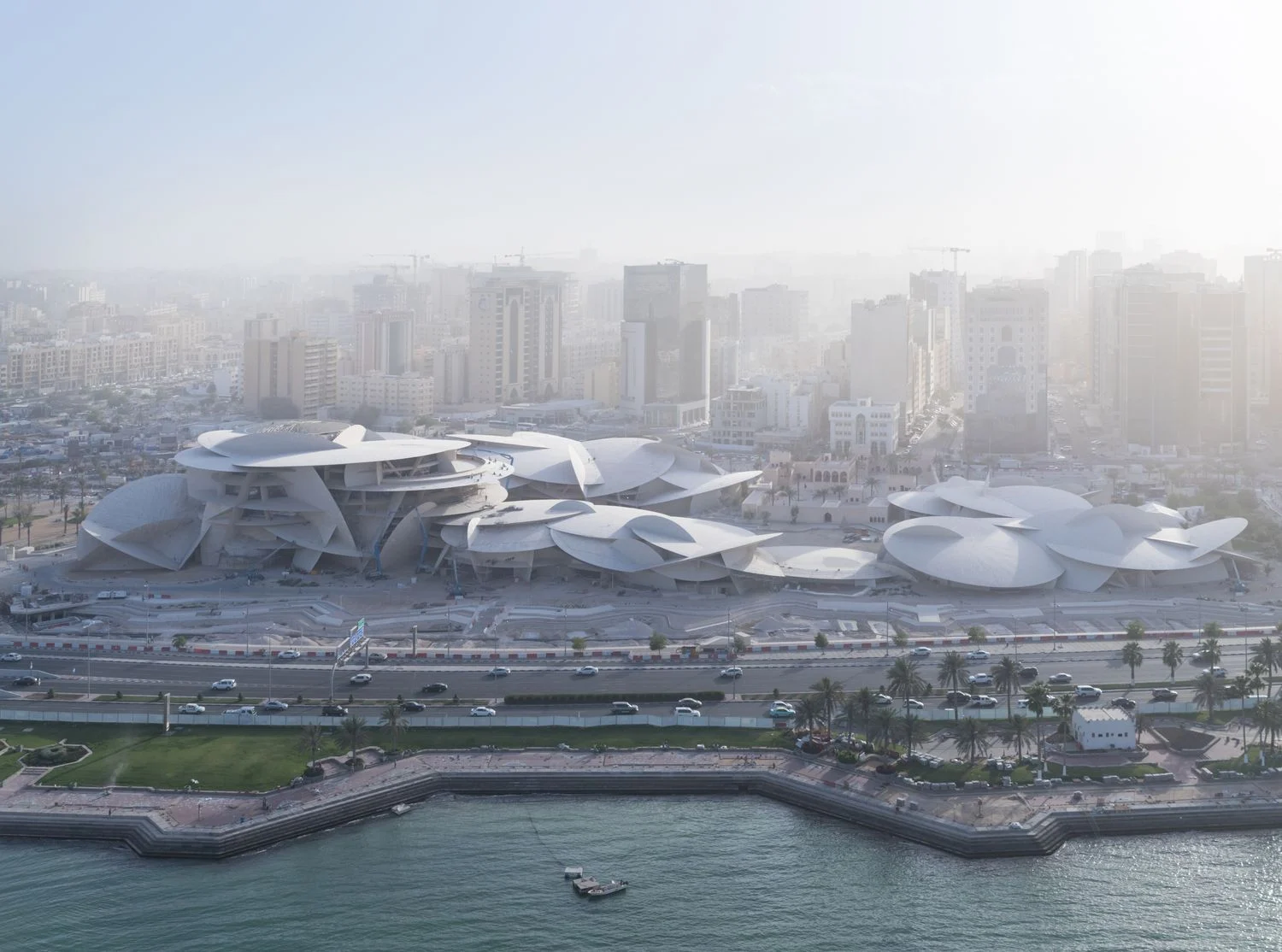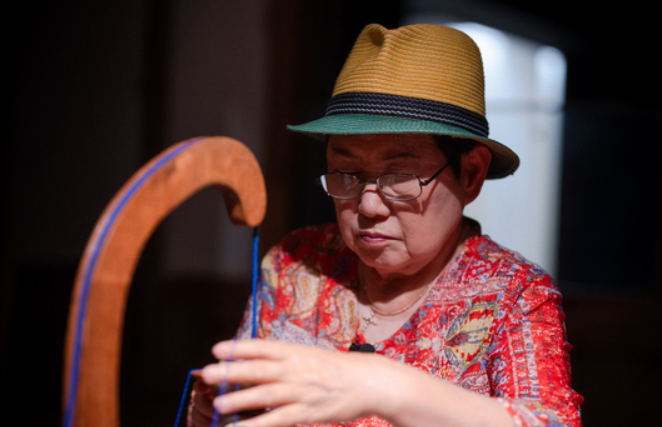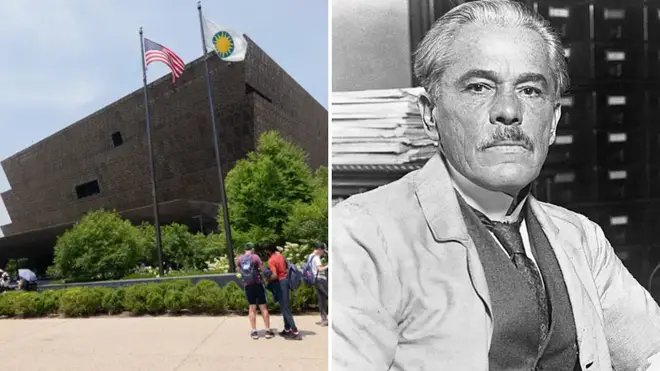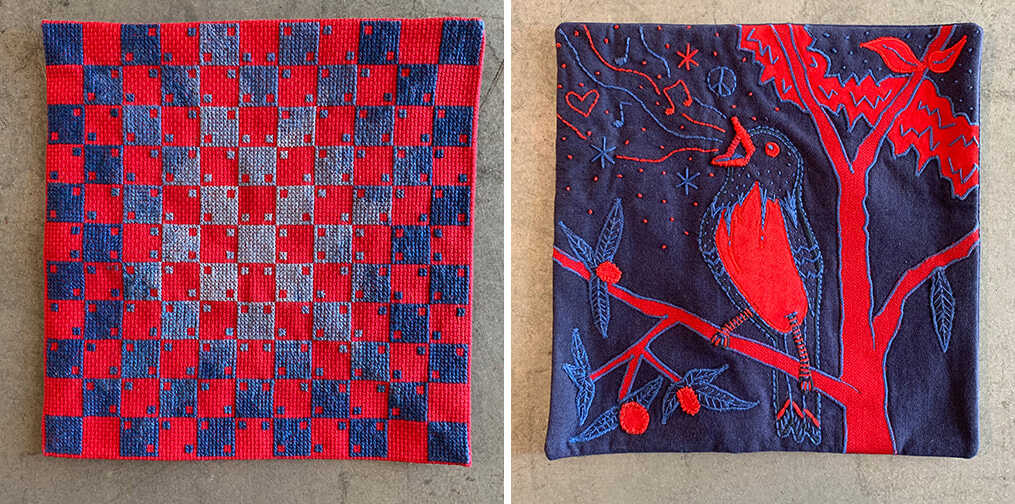As the global supply of oil dwindles and the threat of climate change looms larger, oil-producing nations are committing to shifting away from fossil fuels. They see the cultivation of a thriving cultural economy as integral to this transformation. Leading the way, Saudi Arabia envisions the establishment of over 200 cultural landmarks by 2030. However, the critical question remains: Is this ambitious endeavor yielding the desired results?
Embracing a Shift from Fossil Fuels: An Unavoidable Transition
In a recent interview with The Guardian, Sultan Ahmed Al Jaber, CEO of the Abu Dhabi National Oil Company, firmly stated, “We will inevitably phase down fossil fuels—it is essential, and it’s going to happen.”
Against the backdrop of waning oil revenues, nations like the United Arab Emirates (UAE), Saudi Arabia, and Qatar are actively diversifying their economies. A crucial facet of this diversification entails fostering a vibrant creative ecosystem. In order to accomplish this goal, Saudi Arabia is now developing a plan to open over 200 heritage attractions by the year 2030.
Cultural Oases Emerge in the Desert: Saudi Arabia’s Pioneering Vision
An emblematic development is on the horizon at the AlUla desert complex and archaeological site in Saudi Arabia. Designed by Centre Pompidou, a monumental museum is set to grace this landscape in 2028 or 2029. Notably, this site will also introduce the “Valley of the Arts” or Wadi AlFann in 2024—a domain replete with public artworks envisioned by acclaimed artists Ahmed Mater and James Turrell.
The year 2021 marked a significant milestone as Saudi Arabia unveiled the Diriyah Contemporary Art Biennale, the nation’s inaugural art biennale. The event is poised to return on February 20, 2024, with Ute Meta Bauer leading the artistic direction. Also, the first ever Islamic Arts Biennale was launched by the Diriyah Biennale Foundation (DBF) in January of 2023.
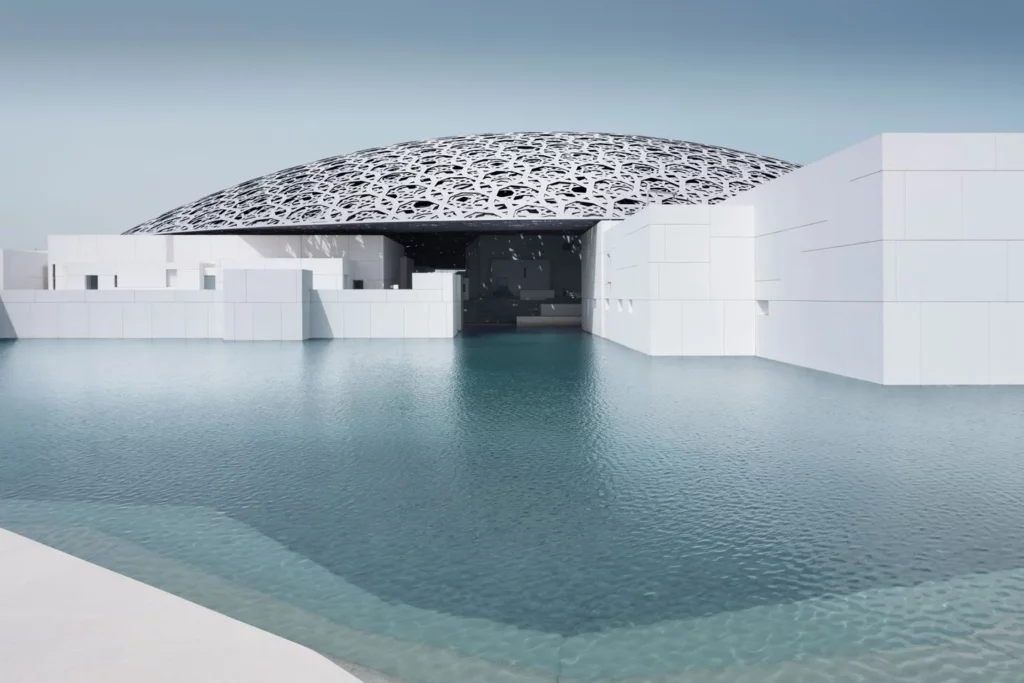
A Captivated Audience Drives Artistic Triumphs
Aya al-Bakree, CEO of DBF, revealed that around 600,000 attendees immersed themselves in the free-to-access Islamic Arts Biennale during its four-month duration. Impressively, this figure rivals the attendance of renowned ticketed events such as documenta 15 (738,000) and the 59th Venice Biennale (800,000).
Elevating Qatar’s Cultural Landscape
Parallelly, Qatar has embarked on an ambitious 25-year strategy aimed at enhancing the nation’s cultural infrastructure. Sheikha Reem al-Thani, Director of Centralized Exhibitions and Acting Deputy CEO of Exhibitions and Marketing at Qatar Museums, provided important context on how Qatar supports cultural development.
United Arab Emirates: Merging Oil and Culture
A transformative vision conceived by American architectural firm Gensler in 2004 is coming to fruition on Saadiyat Island in the United Arab Emirates (UAE). Notably, the Louvre Abu Dhabi, which welcomed over 2 million visitors by 2019, is emblematic of the island’s progress since its inauguration in 2017. Anticipation is high for the unveiling of Frank Gehry’s Guggenheim Abu Dhabi in 2025.
Thriving Innovation: UAE’s Quest for Creativity
In a pivotal move, the United Arab Emirates (UAE) rolled out the Dubai Creative Economy Strategy in April, with the goal of doubling the number of creative enterprises within the nation by 2025. To achieve this, the UAE aims to establish a national art collection that resonates on a global scale by sourcing loans from private collectors.
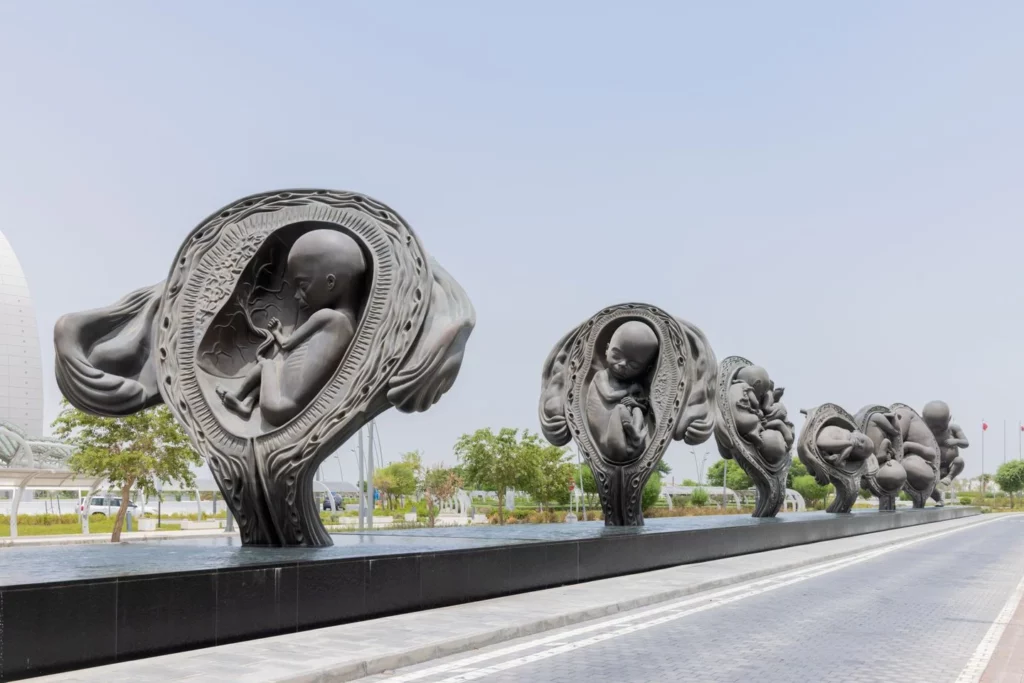
Balancing Ambitions: Art’s Role in a Diversified Future
Despite bold strategies and substantial investments in art institutions, the contribution of cultural initiatives to steering Gulf economies away from oil remains modest.
Data from the World Bank illustrates that, as of 2021, arts and culture constituted a mere 1.7% and 2.6% of Saudi Arabia’s and the UAE’s GDP, respectively. In Saudi Arabia’s Vision 2030 blueprint, the cultural sector is projected to contribute nearly 3% of GDP, equivalent to U.S. $20 billion. In contrast, the oil and gas sector constituted a substantial 42% of Saudi GDP ($288.5 billion) in 2021. (For the UAE, oil and gas constitute less than 20% of GDP, while in Qatar, it accounts for more than 50%.)
Embracing Harmony Between Art and Fossil Fuels
Considering the intricate interplay between the art sector and the fossil fuel industry, it’s challenging to perceive art spending as an exclusive departure from the fossil fuel realm.
For instance, on September 13th, the King Abdulaziz Centre for World Culture (Ithra) will inaugurate the Net Zero exhibition in Dhahran—a creative exposition addressing global environmental concerns. Notably, Ithra, the steward of the U.S. $500,000 Ithra Prize, is underpinned by the support of Aramco, the world’s leading corporate emitter of greenhouse gases.
Art as an Agent of Transformation
Nevertheless, when viewed through the lens of art’s potential to disrupt established norms and amplify marginalized voices, optimism emerges.
Stephanie Bailey, Global Editor-at-Large of Ocula Magazine, commended the “subversive” essence of Sharjah Biennial 15 in a recent commentary. The inclusion of artworks depicting drug use and same-sex relationships signaled a willingness to challenge acceptability boundaries in the UAE.
At the Diriyah Biennale, incremental progress observing through the inclusion of works spotlighting matrilineal family trees and instances of queer intimacy.
Envisioning the Path Forward: Nurturing Creative Vision
While the pace of museum establishment may outstrip the evolution of the art world’s “software,” a phenomenon witnessed during China’s growth in the 2000s and 2010s, industry leaders in the Middle Eastern art realm remain sanguine. They anticipate artists and curators leveraging the opportunities presented by the burgeoning museum landscape and biennial platforms.
Sabih Ahmed, Associate Director and Curator at Dubai-based Ishara Art Foundation, emphasized that the younger generation within the Gulf Cooperation Council (GCC) no longer needs to seek artistic enrichment abroad.
This paradigm shift ushers in a “polyphony of centers” that supersedes the traditional center-periphery cultural model, as Ahmed aptly noted.
Antonia Carver, Director of the Jeddah- and Dubai-based non-profit Art Jameel, underscored that overlooking GCC art would mean a missed opportunity to encounter ingenious cultural practitioners representing diverse backgrounds.
In her view, the present moment signifies a cultural metamorphosis, especially in Saudi Arabia and the UAE. She highlighted the surge in efforts to foster and support diverse creative expression, coupled with an enhanced commitment to preserving the cultural landscape for generations to come.
